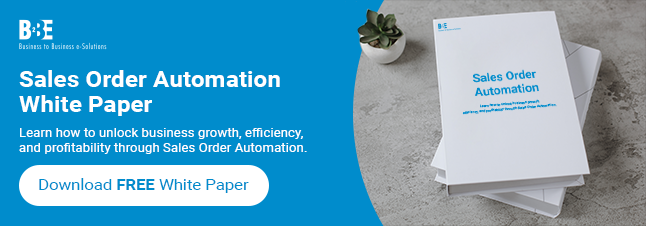In the competitive market, businesses are under pressure to streamline their operations and deliver exceptional customer experiences. At the heart of these operations lies sales order processing—an intricate process of order entry, verification, inventory allocation, and shipment scheduling. However, the traditional manual approach to this process often proves heavy and error-prone.
Understanding the Sales Order Process
As a customer places an order, it sets off a chain reaction within the organisation.
But, How do we process a sales order?
It begins with meticulous data entry, followed by verification against existing inventory levels and customer information. Then comes the allocation of resources and scheduling of shipments. This is a process that demands precision and attention to detail at every step. Yet, despite its importance, manual sales order processing presents numerous challenges. The time-consuming nature of manual entry and verification can lead to delays in order fulfilment, frustrating both customers and employees alike.
The human factor introduces the potential for errors. This is a risk that can have far-reaching consequences for inventory management and customer satisfaction. And, the lack of real-time visibility into order status and inventory levels leaves businesses operating in the dark. As a result, they may be unable to make informed decisions or anticipate potential bottlenecks.
Why Automate the Sales Order Process?
In the face of these challenges, automation emerges for businesses seeking to streamline their operations and stay ahead of the competition. By automating repetitive tasks and processes, businesses can achieve greater efficiency and scalability. As a result, this frees up valuable resources to focus on strategic initiatives. As automation enhances accuracy, reduces the risk of errors and ensures that orders are processed with precision and consistency. Real-time monitoring capabilities provide businesses with the visibility they need to track orders and inventory levels, enabling better decision-making and resource allocation. Most importantly, automation allows businesses to meet the ever-growing expectations of customers for faster processing and delivery—a crucial competitive advantage in today’s on-demand economy.
Quantifying the Need for Automation
The need for sales order automation becomes apparent when considering the following:
- Time and resources: Manual processing consumes significant time and resources, diverting valuable manpower away from more strategic tasks.
- Revenue loss: Delayed or lost orders can result in missed revenue opportunities, affecting the bottom line.
- Customer satisfaction metrics: Metrics such as order fulfilment times and error rates provide insights into the impact of manual processes on customer satisfaction and retention.
By streamlining operations, enhancing accuracy, and meeting customer expectations, automation unlocks opportunities for growth and efficiency. As businesses continue to navigate the complexities of the modern marketplace, embracing sales order automation should be a top priority. After all, in the battle for market share and customer loyalty, efficiency and agility are the tipping point in any business.
Learn more about B2BE’s Sales Order Automation solution.
About B2BE
B2BE delivers electronic supply chain solutions globally, helping organisations to better manage their supply chain processes, providing greater levels of visibility, auditability and control. We’re driven by a passion for what we do, inspired by innovation, and underpinned by a wealth of knowledge. With over 20+ years of experience, the B2BE teams operate worldwide.
欲了解更多信息,请访问www.b2be.com。

